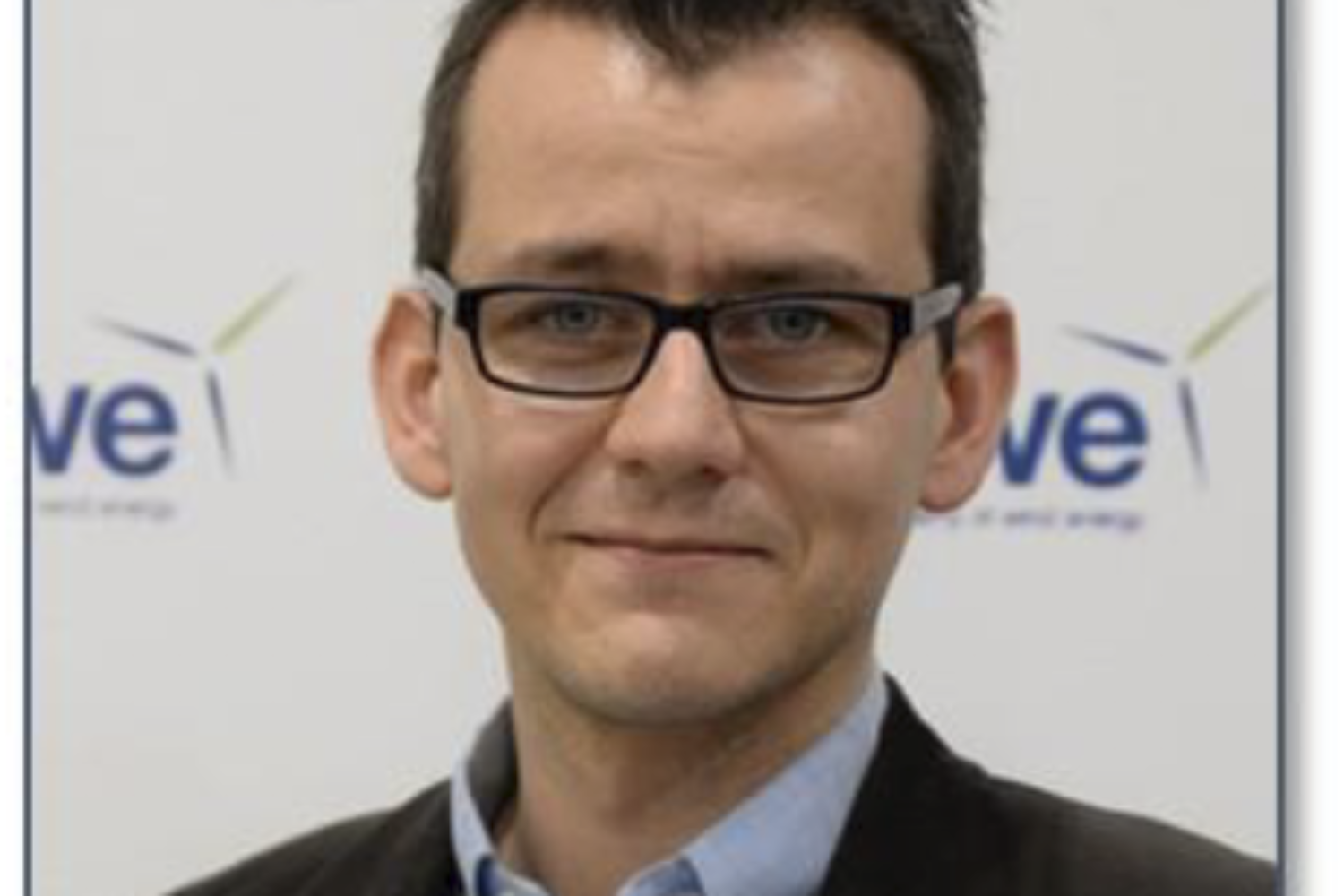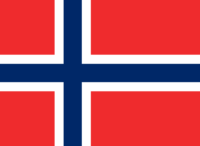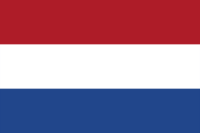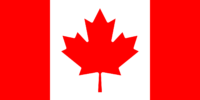About Task 32
Task 32 provides a platform for the open exchange of ideas,
experience, and techniques for the use of lidar for wind energy applications
Since 2012 Task 32 has built a strong community that works together to identify and mitigate the barriers to adpotion of wind lidar for wind energy applications.
We do this by providing a structured forum for international collaborations between researchers, vendors, and users to exchange needs, ideas, and experience.
The Task focuses on producing tangible results such as recommended practices that can be used by practitioners. And, Task 32 continues to work in collaboration with other IEA Wind Tasks and related industry and academic groups to help encourage scientific investigations and align them with users’ needs.
Our Objectives
Wind lidar allows lots of information about wind characteristics to be collected at wind energy development sites before they are built, during their construction and commissioning, and during operations. Designing, selecting, installing and operating such devices effectively, and making appropriate decisions from the data they provide, requires new understanding and approaches compared to other sources of data but also brings new possibilities.
Application Areas
The general objective of Task 32 is to identify and mitigate barriers to the use of lidar for four wind energy applications, including site assessment, power performance, loads and control, and complex flow.
These four applications are addressed individually as they are on different technology readiness levels. Specific objectives for the application areas are:
– Site Assessment
– Power Performance
– Loads and Control
– Complex Flow
Latest News.
The latest news from Task 32
Operating Agents
Please contact the Operating Agents below with any questions


Participants
Many groups and organisations have participated in Task 32 events. A list of the organisations that have participated so far from each country is provided for reference, along with the names of the organisation that pays for Task 32 (“Task 32 is funded by…”). This list includes the names that were in use at the time that organisation joined the mailing list or took part in an event and so may have changed.
Other organisations from those countries are very welcome to join our events, but you should coordinate with the organisation paying the Task fees.
Who can participate in Task 32?
To participate in the research activities of Task 32, researchers must reside in a country that participates in the IEA Wind Agreement AND has agreed by official letter to participate in Task 32. The participating member country of the IEA Wind TCP must designate a lead institution that agrees to the obligations of Task participation (pay the annual fee and agree to perform specified parts of the work plan).
Active researchers (performing part of the work plan) benefit from meetings and professional exchange during the term of the Task. Countries participating in the Task benefit from the information developed by the Task. The value of the research performed is many times the cost of the country participation fee or the labor contributed to carrying out the work plan.
Nacelle-mounted lidar in complex terrain
Roadmap 7
Start of development
Start of development of IEC 61400-50-3 for nacelle-mounted lidar for wind measurements
Round Robin:
Comparison of nacelle-mounted lidar methods for power performance testing in
complex terrain. Application of several methods and
comparison of experience.
Workshop:
Comparison of nacellemounted lidar methods for power
performance testing. Presentation and discussion of results
from the round robin exercise.
Proposal
Proposal to IEC 61400-50-3 for nacelle-mounted lidar for wind measurements
Task 32 relevant events
#_{j}#_{S}
#_{M}
#_24HSTARTTIME
–
#_24HENDTIME
#_EVENTLINK
#_EVENTEXCERPTCUT{20,…}
View Event
[/events_list_grouped]
Task 32 FAQ //
Frequently Asked Questions
Get answers to our most commonly asked questions about IEA Wind TCP Task 32
How can lidar inform us about the conditions where we want to build wind turbines?
“Sed ut perspiciatis unde omnis iste natus error sit voluptatem accusantium doloremque laudantium, totam rem aperiam, eaque ipsa quae ab illo inventore veritatis et quasi architecto beatae vitae dicta sunt explicabo.
How can we use lidar to better operate wind turbines and plants?
Sed ut perspiciatis unde omnis iste natus error sit voluptatem accusantium doloremque laudantium, totam rem aperiam, eaque ipsa quae ab illo inventore veritatis et quasi architecto beatae vitae dicta sunt explicabo.
How can lidar be used for performance verification?
Sed ut perspiciatis unde omnis iste natus error sit voluptatem accusantium doloremque laudantium, totam rem aperiam, eaque ipsa quae ab illo inventore veritatis et quasi architecto beatae vitae dicta sunt explicabo
How can we collaborate on lidar hardware and software?
Sed ut perspiciatis unde omnis iste natus error sit voluptatem accusantium doloremque laudantium, totam rem aperiam, eaque ipsa quae ab illo inventore veritatis et quasi architecto beatae vitae dicta sunt explicabo
.. and what are the new or unusual applications that we should be aware of?
Sed ut perspiciatis unde omnis iste natus error sit voluptatem accusantium doloremque laudantium, totam rem aperiam, eaque ipsa quae ab illo inventore veritatis et quasi architecto beatae vitae dicta sunt explicabo
Anything else?
Sed ut perspiciatis unde omnis iste natus error sit voluptatem accusantium doloremque laudantium, totam rem aperiam, eaque ipsa quae ab illo inventore veritatis et quasi architecto beatae vitae dicta sunt explicabo
Any Question at
Tel: +xx xx xx xx xx
University of Stuttgart
…
Monday to Friday
9 am – 17 pm Central European Time
Send your mail at
ieawindtask11@planair.ch

















